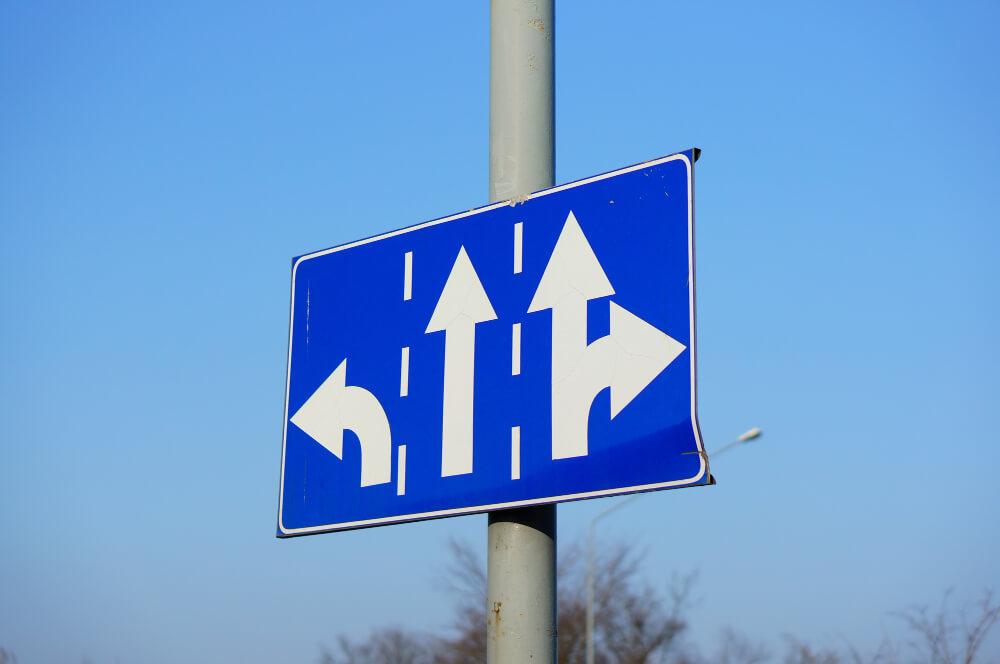Reflective traffic signs play a critical role in ensuring road safety, especially under low-light or adverse weather conditions. Designed to reflect light from vehicle headlights, these signs improve visibility and allow drivers to respond to important information quickly and efficiently. From regulatory instructions to hazard warnings, reflective traffic signs are essential for guiding and protecting road users.
In this article, we’ll explore the 8 most powerful types of reflective traffic signs, their materials, functionality, and where they are commonly used. Whether you’re a transportation engineer, road safety specialist, or just curious about how our highways are organized, this guide will give you expert insight into how reflective traffic signs improve safety and efficiency on the road.
What Are Reflective Traffic Signs?
Reflective traffic signs are engineered traffic safety signs that use retroreflective materials to bounce light back toward its source—usually vehicle headlights. Unlike regular paint or plastic signs, reflective road signs remain visible even in total darkness, fog, or rain.
These signs are manufactured using materials such as:
- Engineer Grade Reflective Sheeting
- High-Intensity Prismatic (HIP) Sheeting
- Diamond Grade Retroreflective Sheeting
Each material has varying levels of reflectivity, durability, and cost, depending on where the sign will be placed and how much visibility is required.
Why Are Reflective Traffic Signs Important?
The importance of reflective traffic signs can’t be overstated. According to the Federal Highway Administration (FHWA), approximately 50% of all traffic fatalities occur at night, even though only 25% of travel happens after dark. This discrepancy highlights the need for high-visibility signs that help prevent accidents.
These signs offer:
- Enhanced visibility in low-light environments
- Better guidance during night driving
- Reduced accident risks
- Compliance with federal and state traffic safety standards
Now, let’s explore the 8 powerful types of reflective traffic signs that are commonly used across roadways.
Regulatory Reflective Traffic Signs
Regulatory signs are some of the most vital signs on any road. They inform drivers of laws and regulations that must be obeyed at all times. Examples include STOP, YIELD, NO PARKING, and SPEED LIMIT signs.
These signs are typically made with Diamond Grade retroreflective sheeting for maximum visibility, especially in intersections or areas with high traffic volume.
Warning Reflective Signs
Warning signs alert drivers to potential hazards or changes in road conditions. Common examples include:
- Curve Ahead
- Slippery When Wet
- Pedestrian Crossing
- Animal Crossing
These signs are usually yellow with black text or symbols, and use high-intensity prismatic (HIP) reflective materials to catch drivers’ attention quickly.

Guide Reflective Signs
Guide signs provide directional and mileage information to help drivers navigate their route. These include:
- Exit signs
- Mile markers
- Route number signs
- Destination signs
Although not as urgent as regulatory or warning signs, guide signs still need to be visible from a distance—especially at highway speeds. These signs often use Engineer Grade reflective sheeting or higher depending on the location.
School Zone Reflective Signs
School zone signs are designed to warn drivers when they’re approaching or within a school zone. These areas have specific speed limits and rules during school hours.
School zone reflective signs are often fluorescent yellow-green, a color proven to be more visible and attention-grabbing. They are often accompanied by flashing beacons for added visibility.
Construction Zone Reflective Signs
Construction or work zone signs are crucial for protecting both drivers and construction workers. These signs typically feature:
- Lane closure warnings
- Flagger ahead
- Detour information
- Reduced speed limits
Orange reflective traffic signs are standard in construction zones. Most of these use high-intensity prismatic materials to ensure that drivers can see them in low visibility conditions.
Parking Reflective Signs
Parking signs inform drivers about where they can and cannot park, including restrictions such as:
- No Parking
- Handicap Parking
- Loading Zones
- Time-Limited Parking
In urban areas, these signs are crucial for maintaining order and preventing congestion. Reflective materials ensure that parking regulations are visible at all times, even during the night or in poorly lit lots.
Emergency and Safety Reflective Signs
These signs are designed to offer guidance in emergency situations, such as:
- Emergency Exit Routes
- Fire Lane Notices
- Hospital Direction Signs
- Evacuation Route Signs
These signs often use red or green backgrounds with retroreflective lettering to distinguish them from other signage. Their visibility is essential during natural disasters, medical emergencies, or fire drills.
Custom Reflective Traffic Signs
Sometimes, municipalities, private roads, or commercial facilities require custom traffic signs for unique needs. Examples include:
- Private Drive – No Trespassing
- Delivery Entrance
- Gate Ahead – Slow Down
These signs can be designed with any retroreflective material to meet specific visibility requirements, and their usage helps enforce rules in non-public areas while maintaining safety.
How Reflective Traffic Signs Are Maintained
To comply with the Manual on Uniform Traffic Control Devices (MUTCD), all reflective traffic signs must maintain a minimum level of reflectivity. Over time, weather and UV exposure can degrade these materials.
Regular inspections using retroreflectometers or nighttime visual checks ensure that signs stay up to standard. When reflectivity falls below acceptable levels, signs must be replaced or refurbished.
Final Thoughts
Reflective traffic signs are more than just markers on the road—they are life-saving tools that help drivers make quick, informed decisions. As urban populations grow and traffic volumes increase, the importance of visible, durable, and regulation-compliant signage cannot be overstated. At Gov Comm, we understand the critical role these signs play in road safety and traffic management.
Whether you’re managing a highway system or simply looking to understand how our roads stay safe, recognizing the types and uses of reflective traffic signs is vital. With options ranging from regulatory to custom safety signs, these powerful tools ensure that everyone can navigate the roads confidently and safely.



